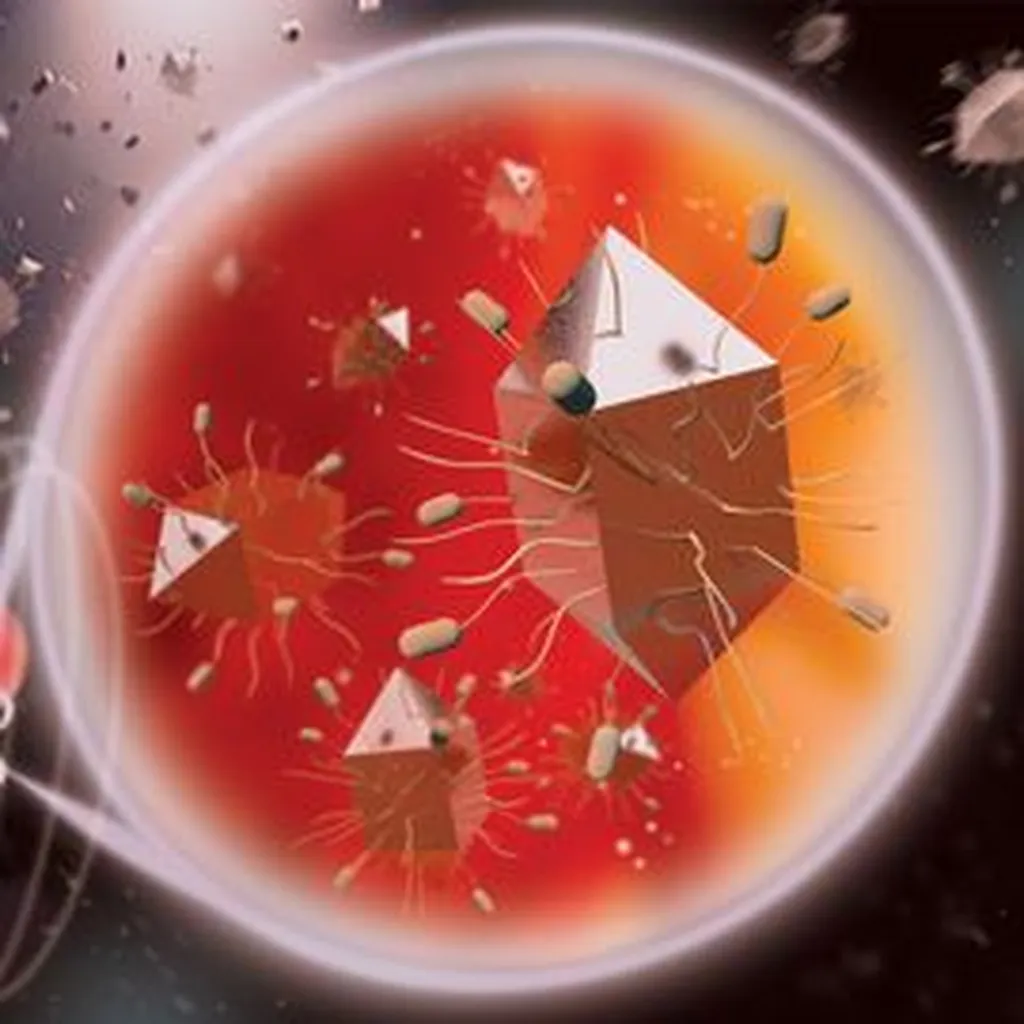In a groundbreaking development poised to revolutionize ovarian cancer diagnosis and treatment, researchers have engineered a novel composite magnetic nanoparticle that combines therapeutic and imaging capabilities. The study, led by Shuyi Shi from the Department of Radiology at Jinshan Hospital, Fudan University in Shanghai, China, introduces Fe3O4@Au(Cy5.5)-DOPE/PNPO-siRNA nanoparticles, a promising dual-function agent that could significantly enhance both the detection and treatment of ovarian cancer.
The research, published in the journal *Nanocomposites* (translated from Chinese as *Nanocomposites*), details the synthesis and evaluation of these innovative nanoparticles. By leveraging the unique properties of magnetic nanoparticles (MNPs), the team has created a platform that not only delivers therapeutic siRNA directly to cancer cells but also provides enhanced contrast for magnetic resonance imaging (MRI).
“Our goal was to design a nanoparticle that could effectively target and treat ovarian cancer while simultaneously improving diagnostic imaging,” said Shi. “The results have been highly encouraging, demonstrating both the therapeutic potential and the safety of these nanoparticles.”
The nanoparticles were synthesized using seed growth and chemical reduction methods, resulting in a composite structure that combines the magnetic properties of Fe3O4 with the biocompatibility and imaging capabilities of gold (Au). The surface of these nanoparticles was modified with lipids to enhance their stability and biocompatibility, making them suitable for biological applications.
In vitro studies revealed that the nanoparticles effectively delivered PNPO-siRNA into SKOV3 ovarian adenocarcinoma cells, significantly inhibiting cell proliferation. This indicates a strong therapeutic potential for the treatment of ovarian cancer. The nanoparticles also exhibited excellent gene-silencing efficiency and low cytotoxicity, further supporting their safety profile.
For in vivo studies, a xenograft mouse model harboring SKOV3 tumors was established to evaluate the MRI contrast enhancement and biosafety of the nanoparticles. MRI performed using T2-weighted imaging (T2WI) showed a peak signal reduction of approximately 17% at 3 hours post-injection, indicating effective tumor accumulation of the nanoparticles. This enhancement in MRI contrast could lead to earlier and more accurate detection of ovarian cancer, potentially improving patient outcomes.
“These findings suggest that Fe3O4@Au MNPs can serve as effective negative MRI contrast agents, enhancing the detection of ovarian cancer,” Shi explained. “The biosafety assessments further demonstrated no significant toxicity in major organs, supporting their potential as a safe and effective platform for both diagnosis and treatment.”
The commercial implications of this research are substantial. The ability to combine diagnostic and therapeutic functions into a single nanoparticle platform could streamline the development of personalized medicine approaches, reducing costs and improving efficiency in the healthcare sector. This innovation could also pave the way for similar applications in other types of cancer, expanding the market potential and impact of this technology.
As the field of nanomedicine continues to evolve, the development of multifunctional nanoparticles like Fe3O4@Au(Cy5.5)-DOPE/PNPO-siRNA represents a significant step forward. By integrating imaging and therapeutic capabilities, these nanoparticles offer a versatile tool for precision medicine, potentially transforming the way cancer is diagnosed and treated.
“This research opens up new possibilities for the future of cancer treatment,” Shi concluded. “We are excited about the potential of these nanoparticles to improve patient outcomes and contribute to the advancement of personalized medicine.”
With the growing demand for innovative cancer therapies and diagnostic tools, this research could shape the future of oncology, offering new hope for patients and driving advancements in the medical field. The successful integration of imaging and therapeutic functions in a single nanoparticle platform marks a significant milestone in the quest for more effective and efficient cancer treatments.

